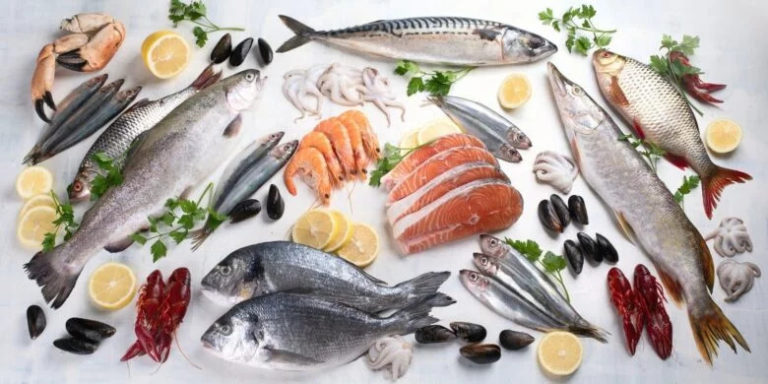Seafood comes in a wide variety of species, shapes, and sizes, which is no surprise given that seafood is defined as any sea life we consider good enough to eat.
As a result, when someone states they don’t enjoy seafood, it comes as a shock. How could they possibly know if all they’ve ever eaten is a piece of fish or two oysters?
There’s a lot more to seafood than just that!
Don’t worry if you don’t recognize crustaceans from mollusks or the difference between a shrimp and a prawn. We’re here to serve up some amazing seafood facts!
#1. Seafood is brimming with essential nutrients!
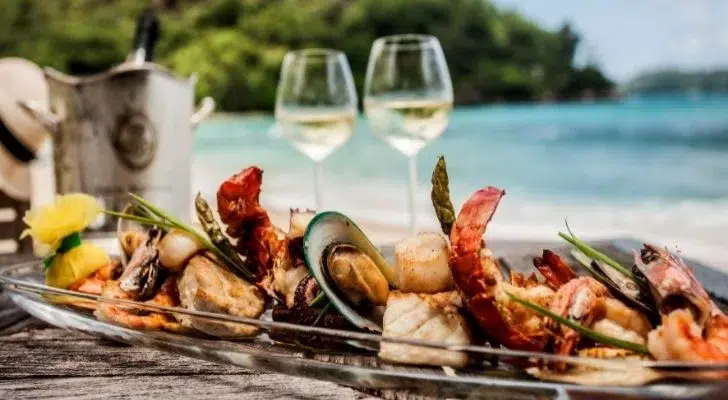
While different seafood species contain varying levels of different essential elements, it’s reasonable to assume that seafood is good for your health in general.
Salmon, for example, is high in vitamin A and omega-3 fatty acids.
Vitamin D, vitamin B1, vitamin B3, vitamin B12, and other nutrients in healthy proportions can be found in fish.
#2. Fish has been consumed by humans for about 165,000 years!
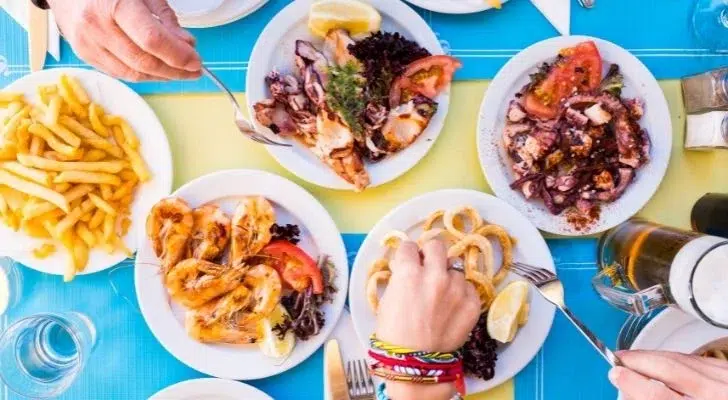
We lived mostly as hunter-gatherers in the early days of humanity, always on the move in pursuit of better hunting grounds or more plentiful crops.
Seafood was one such item that our forefathers enjoyed.
Indeed, it’s probable that the first tribes to adopt a more fixed lifestyle were those who lived near the sea and had a steady supply of seafood.
A sea cave in South Africa has the earliest documented evidence of seafood intake.
The site, which dates back 165,000 years, was discovered with collections of empty shells.
#3. The mantis shrimp is one of the most dangerous shellfish on the world.
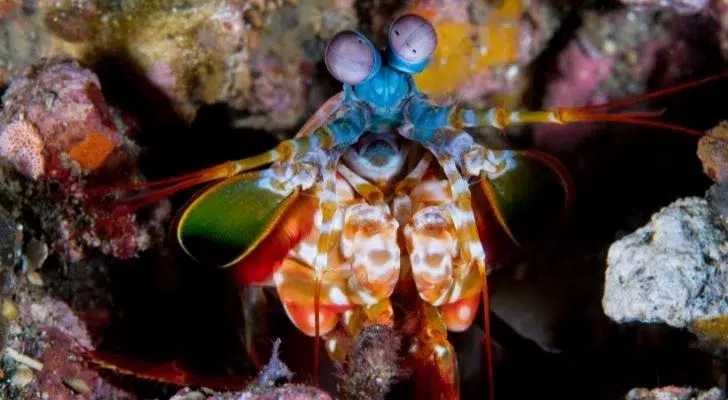
Mantis shrimp are fortunate in that they can only grow to such small sizes; else, they would be terrible.
Why? The mantis shrimp, on the other hand, has a punch that is as powerful as rifle fire.
Their punches are so powerful that they cause a shock wave that boils the water around them and can dismember their target!
#4. Fat-rich seafood such as salmon, mackerel, and sardines are full of omega-3.
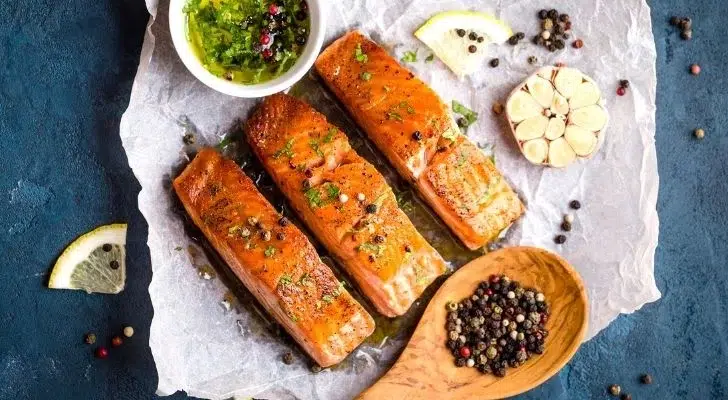
If it doesn’t mean anything to you, it’s likely because you’re unaware of how beneficial omega-3 is to your health.
While all fats were once thought to be unhealthy, some, such as omega-3, are really beneficial.
Reduced risk of heart attacks, strokes, and arthritis symptoms are just a few of the advantages of eating omega-3-rich seafood.
Omega-3 supplementation has even been shown to slow the downfall of your eyesight as you age, as well as improve your night vision!
#5. Shrimp aren’t just tiny versions of prawns.
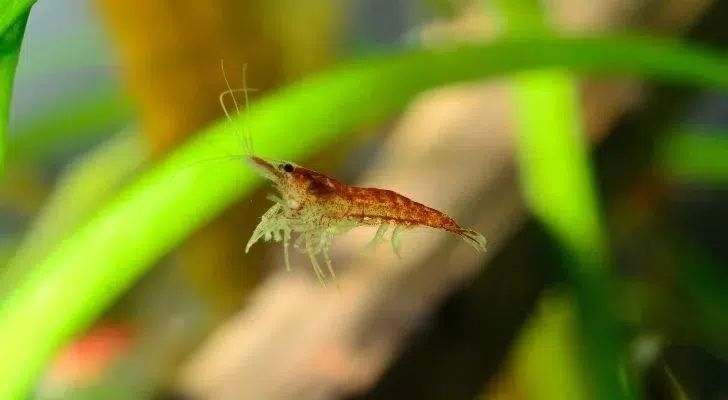
Many of us will admit to being perplexed about this at some point in our lives.
It’s something I forget all the time, and I end up using the two names interchangeably.
First and foremost, they’re both crustaceans with ten legs, but that’s about it for the similarities.
Shrimp can exist in both fresh and saltwater, whereas prawns are exclusively found in freshwater.
Shrimp and prawns have diverse bodies as well. Prawns, for example, have three claw sets, but shrimp only have two.
Prawns are larger than shrimp, especially in colder waters, where shrimp grow to much smaller sizes.
#6. Seafood that is certified organic does not exist.
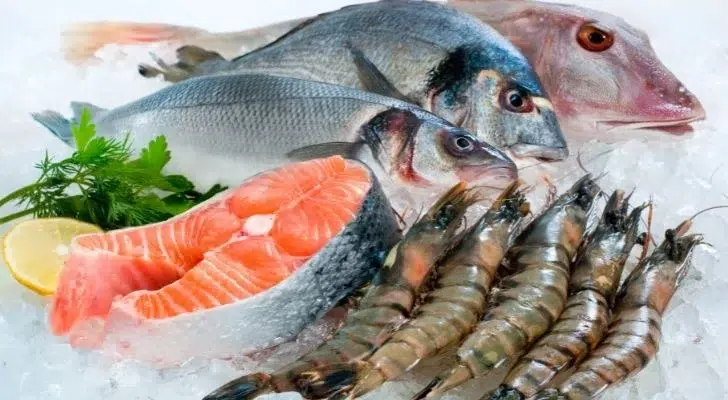
To be organic, the food must be free of artificial chemicals such as fertilizers and pesticides.
To be certified organic, food must be subjected to a regulatory organization that establishes several criteria to verify that everything is chemical-free and up to code.
While this is the case in agriculture, it is not the case in the fish industry.
This isn’t to say that there aren’t companies out there claiming to sell organic mussels.
Instead, it implies that there is no way to know if something is biological or not!
#7. Each of the claws of a lobster has a specific function.
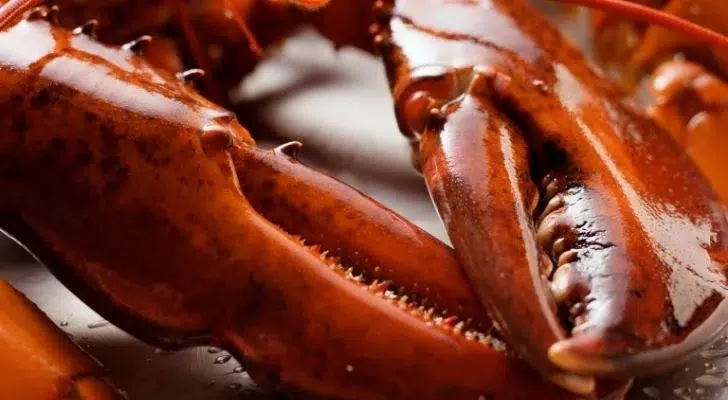
The claws of a lobster are also quite different. The crusher claw is the bigger of the two and is the dominating claw.
This claw is mostly utilized for crushing their prey’s hard shells or exoskeletons, as its name implies.
The second claw is considerably smaller and has a more serrated “tooth,” and it’s used to rip its prey’s flesh to shreds so it’s simpler to eat.
#8. Some fish contain high levels of mercury and should only be consumed in moderation.
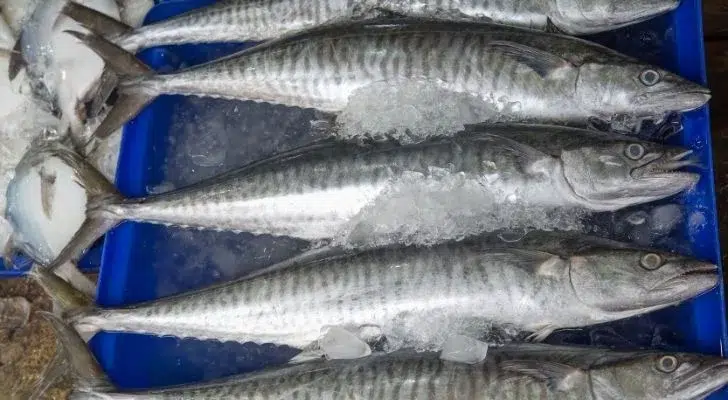
Although all seafood includes trace quantities of mercury, this isn’t something to be concerned about.
The fish that reside at the top of the food chain, such as King mackerel, swordfish, and sharks, comprise the majority of the problem.
The mercury contained in each larger fish is digested and accumulates as it is eaten by a predator.
As a result, eating more than the recommended amount of any mercury-containing fish is discouraged.
#9. Seafood can include plants, too!
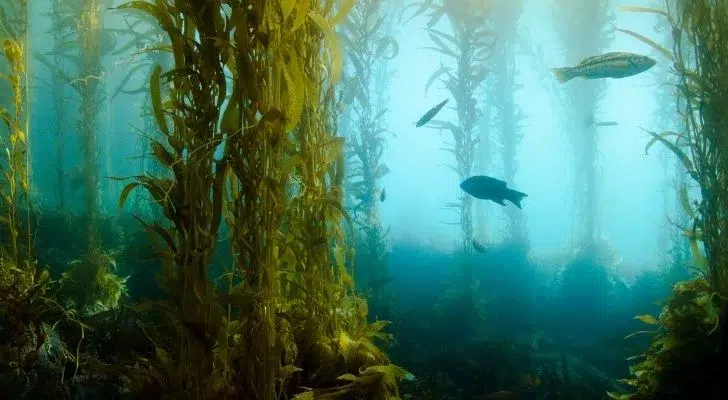
Although this is a contentious point of view, it has been suggested that several types of sea vegetation can be referred to be seafood.
Some forms, such as the seaweed in our sushi, have been on our menus for a long time.
Other types of seaweed are extremely nutritious and have been consumed for thousands of years by some societies.
#10. Oysters have the ability to change gender at any time.
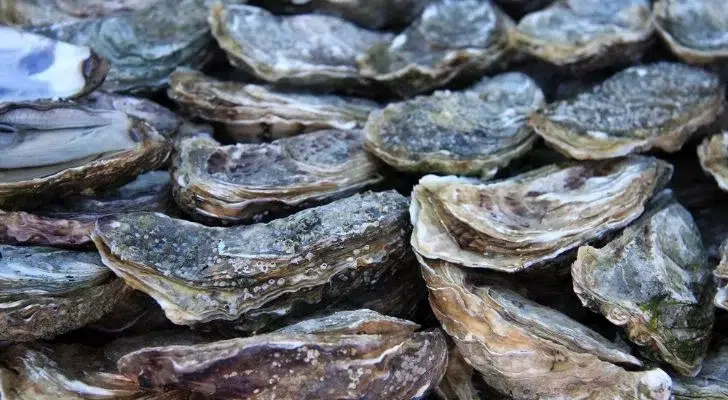
However, they are all born male.
Oysters are born with both male and female reproductive organs, as it turns out.
This means they can fertilize their own eggs without requiring the assistance of another oyster.
All oysters, it has been discovered, will change gender at least once throughout their lives.
#11. Overfishing affects more than 85% of the world’s fisheries.
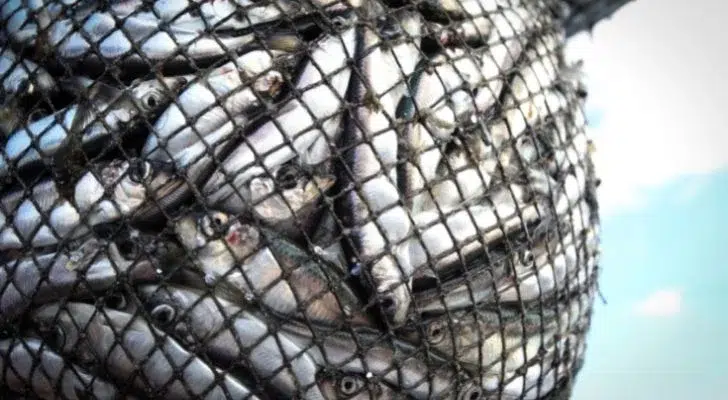
We need to make rapid changes to how we cultivate and consume seafood, according to the United Nations Food and Agriculture Organization, because 87 percent of the world’s fisheries are strained.
This suggests that certain species are on the verge of extinction, are found in significantly lower numbers than expected, or are being overexploited.
While some individuals despise the idea of eating seafood, many others adore it, and the number of people who eat it is growing year after year.
This is becoming a more significant issue as the world’s population grows, as demand for seafood has reached unsustainable levels!
It’s critical to recognize that, while seafood is great, if we’re not careful, we may see less and less of it as time passes!
Follow Crispbot on Facebook and Twitter. For the latest news, tech news, breaking news headlines, and live updates checkout crispbot.com













